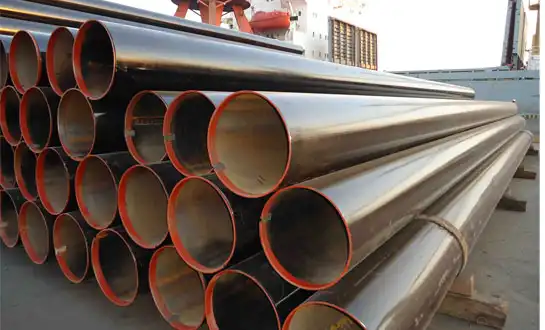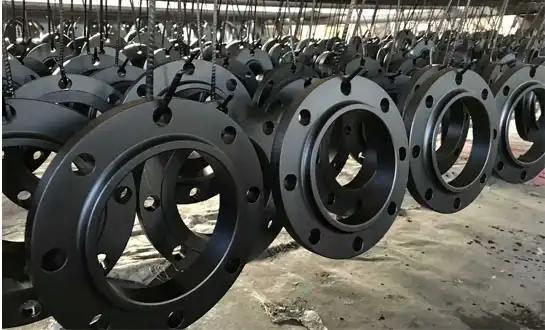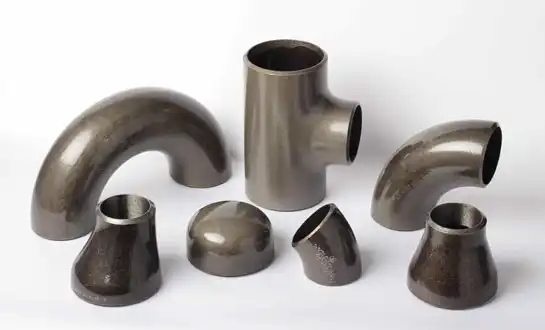Understanding Pressure Ratings in RTJ Flanges
High-pressure piping systems, where preserving complete seal integrity is crucial, depend heavily on RTJ flanges. These Ring Type Joint flanges create leak-proof connections that can endure high temperatures and pressures by using metal-to-metal sealing via a solid metal ring gasket and a well carved groove. Engineers and procurement professionals who need to guarantee system safety and operational reliability must comprehend the pressure ratings in RTJ flanges. The ring gasket configuration, flange class designation, temperature, and material composition all affect the pressure rating. The technical underpinnings of pressure ratings are examined in this handbook to assist industry experts in making well-informed choices when RTJ flanges are specified for crucial applications.
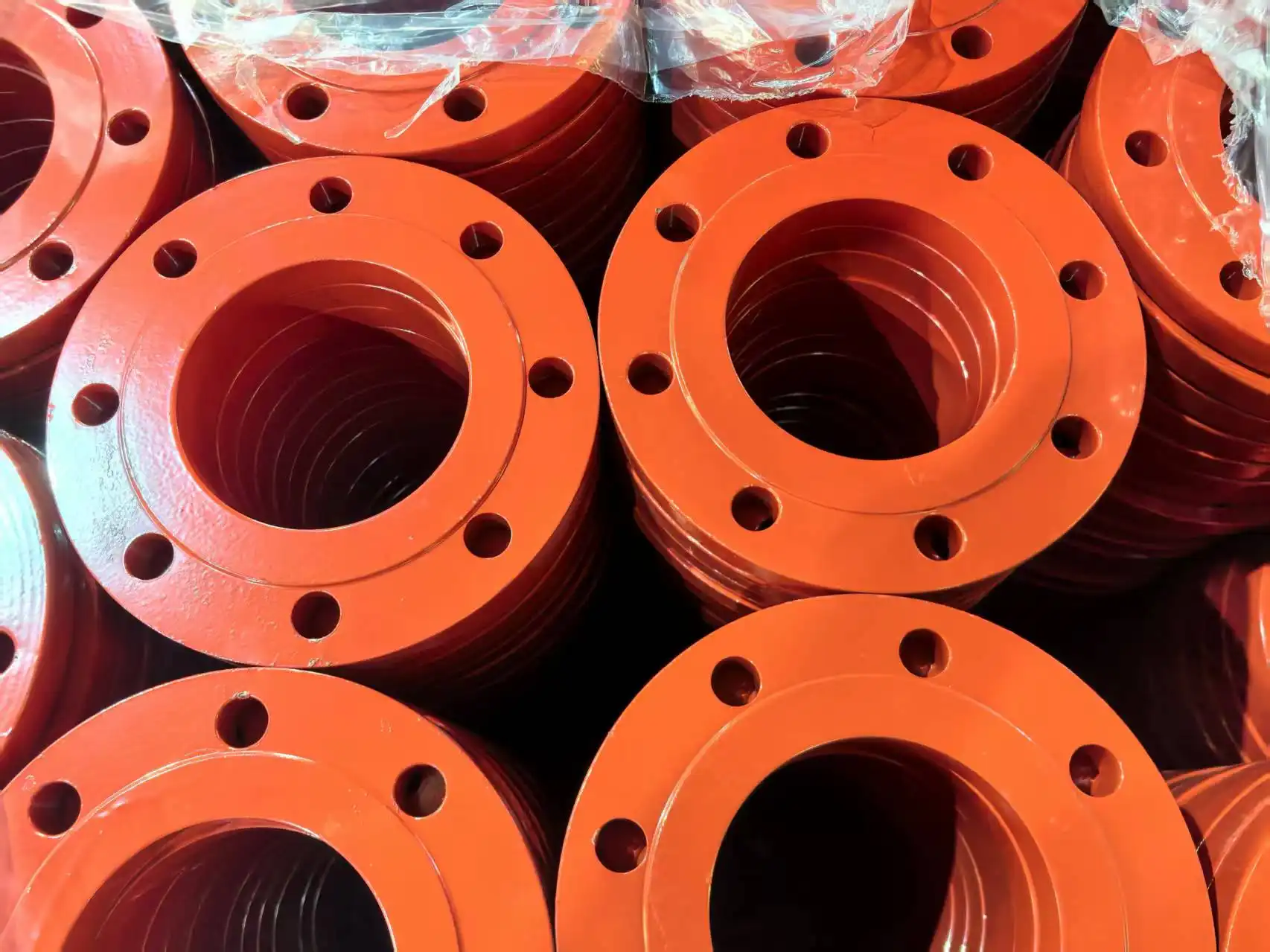
Fundamental Factors Affecting RTJ Flange Pressure Ratings
Material Selection and Its Impact on Pressure Capacity
The material composition of RTJ flanges directly influences their pressure-bearing capacity and performance longevity. Carbon steel RTJ flanges manufactured to ASTM A105 specifications offer excellent mechanical properties for moderate pressure applications, typically handling pressure classes from 150 to 2500 pounds. When operating temperatures exceed standard ranges or corrosive media is present, alloy steel materials such as ASTM A182 F11, F22, or F91 become necessary. These chromium-molybdenum alloys maintain superior tensile strength and creep resistance at elevated temperatures, allowing RTJ flanges to sustain their rated pressures even under thermal cycling. Stainless steel RTJ flanges fabricated from 316L or duplex grades provide exceptional corrosion resistance alongside robust pressure ratings, making them indispensable in chemical processing and marine environments. Engineers must carefully match material selection with the specific combination of pressure, temperature, and chemical exposure to ensure RTJ flanges perform reliably without premature failure.
Temperature Effects on Pressure Rating Degradation
Temperature variations dramatically influence the allowable working pressure of RTJ flanges through changes in material mechanical properties. As operating temperatures increase, most metals experience reduced yield strength and tensile strength, necessitating a corresponding decrease in allowable pressure ratings. Standard pressure-temperature rating tables published by ASME B16.5 provide detailed derating factors for various flange materials across temperature ranges. For instance, a Class 900 carbon steel RTJ flange rated for 2220 psi at ambient temperature may only support 1570 psi at 600 degrees Fahrenheit due to material softening. RTJ flanges operating in thermal cycling conditions face additional challenges as repeated expansion and contraction can gradually relax the gasket loading force, potentially compromising seal integrity. Engineers specifying RTJ flanges must always reference current pressure-temperature charts and consider the maximum anticipated operating temperature throughout the system's design life.
Flange Class Designation and Pressure Ratings
The flange class system provides a standardized method for categorizing RTJ flanges according to their pressure-handling capabilities. Common classes include 150, 300, 600, 900, 1500, and 2500, with each designation corresponding to approximate maximum working pressures at ambient temperature. A Class 600 RTJ flange typically handles pressures around 1480 psi for saturated steam service, while Class 1500 RTJ flanges support pressures approaching 3705 psi. The physical dimensions of RTJ flanges increase with higher class ratings, incorporating thicker flange bodies and larger bolt circles to accommodate greater internal forces. The ring groove geometry also varies with pressure class, utilizing deeper grooves for higher ratings to accommodate larger ring gaskets. When specifying RTJ flanges, engineers must consider not only steady-state operating pressure but also pressure surges and relief valve discharge scenarios that may temporarily exceed normal working conditions.
RTJ Ring Gasket Types and Their Pressure Performance
Oval Ring Gaskets for Standard Pressure Applications
Oval ring gaskets represent the most commonly employed sealing element in RTJ flanges for general industrial applications. These gaskets feature an oval cross-sectional profile that fits precisely into matching grooves machined into the flange faces, creating a metal-to-metal seal through elastic and plastic deformation. RTJ flanges utilizing oval rings typically serve applications from Class 300 through Class 900, handling pressures from several hundred to over two thousand pounds per square inch. The gasket material selection significantly impacts pressure performance, with soft iron rings suitable for lower-pressure services, while stainless steel and high-nickel alloy rings accommodate higher pressures and aggressive chemical environments. During installation, proper bolt torque sequences ensure uniform compression of oval ring gaskets, preventing localized stress concentrations that could compromise sealing effectiveness.
Octagonal Ring Gaskets for High-Pressure Service
Octagonal ring gaskets provide superior sealing performance in high-pressure RTJ flanges where conventional oval rings reach their limitations. The octagonal cross-section creates more acute contact angles between the gasket and groove surfaces, concentrating sealing forces and generating higher unit pressures that enhance seal effectiveness. This makes octagonal rings the preferred choice for RTJ flanges in Class 1500 and Class 2500 applications where operating pressures exceed 3000 psi. Material selection for octagonal ring gaskets requires careful consideration of both pressure requirements and chemical compatibility, with austenitic stainless steels, Inconel, and Monel alloys frequently specified. The installation demands meticulous attention to alignment and bolt tensioning, as uneven loading can compromise sealing performance. Testing protocols for high-pressure systems utilizing octagonal ring gaskets typically include hydrostatic pressure tests at 1.5 times the design pressure.
Pressure Loss Ring Gaskets for Extreme Conditions
Pressure loss ring gaskets represent specialized sealing solutions for the most demanding RTJ flange applications encountering extreme pressures, temperatures, or corrosive conditions. These advanced gasket designs incorporate spherical or conical seating surfaces that provide self-energizing characteristics, where increasing internal pressure actually enhances sealing force. The unique geometry allows RTJ flanges to maintain leak-tight seals at pressures exceeding conventional octagonal ring capabilities, with some configurations rated for services approaching 10,000 psi or higher. Applications include ultra-high-pressure reactor vessels, supercritical fluid processing equipment, and deep-sea drilling components. Material specifications often involve exotic alloys such as Hastelloy or titanium that maintain mechanical integrity under combined stress. While the initial investment for RTJ flanges with pressure loss ring gaskets substantially exceeds standard configurations, the enhanced safety margins deliver long-term value in mission-critical applications.
Selection Guidelines for RTJ Flanges Based on Pressure Requirements
Calculating Required Pressure Ratings for System Design
Determining appropriate pressure ratings for RTJ flanges requires comprehensive analysis of all operating conditions and potential upset scenarios. The design pressure typically exceeds normal operating pressure by a safety margin, ensuring adequate capacity for operational fluctuations. Engineers must account for pressure surges resulting from pump starts, valve closures, and thermal expansion that temporarily impose pressures substantially above steady-state levels. The maximum allowable working pressure for RTJ flanges represents the highest sustained pressure permissible at the design temperature while maintaining acceptable stress levels. Hydrostatic test pressures generally reach 1.5 times the design pressure to verify structural integrity before commissioning. The pressure-temperature relationship necessitates simultaneous consideration of both parameters, as materials exhibiting adequate strength at ambient temperature may prove insufficient at elevated service temperatures.
Matching Flange Ratings to Piping System Components
Successful integration of RTJ flanges into piping systems requires careful coordination of pressure ratings across all components. Piping specifications typically designate a consistent pressure class throughout each section, ensuring pipes, fittings, valves, and RTJ flanges possess compatible pressure capacities. The weakest component in any pressure boundary defines the maximum allowable system pressure, making it essential that RTJ flanges equal or exceed the ratings of adjacent piping elements. Material compatibility across dissimilar metals joined by RTJ flanges demands consideration of galvanic corrosion potential and thermal expansion mismatches. Documentation requirements mandate comprehensive records identifying the specifications, ratings, and certifications for every RTJ flange installation.
Quality Assurance and Testing for Pressure-Critical Applications
RTJ flanges destined for pressure-critical applications undergo rigorous quality assurance protocols. Material certifications provide documented evidence of chemical composition and mechanical properties. Dimensional inspections confirm groove depths, surface finish, and facing tolerances fall within specified limits. Non-destructive testing including ultrasonic examination and magnetic particle inspection identifies internal defects that might initiate failures under pressure loading. Hydrostatic testing of completed assemblies validates the pressure integrity of RTJ flange joints, typically conducted at 1.5 times the design pressure. Third-party inspection agencies often witness critical testing activities, providing independent verification that RTJ flanges meet specifications and industry standards.
Conclusion
It is necessary to comprehend the pressure ratings in RTJ flanges for sale in order to design reliable and safe piping systems for demanding industrial applications. Temperature impacts, material selection, flange class designation, and ring gasket configuration all interact to determine the final pressure capacity and sealing performance of these important components. Engineers may ensure that their systems operate reliably while maintaining critical safety margins by carefully reviewing system requirements and following the right selection and testing protocols.
HEBEI RAYOUNG PIPELINE: Your Trusted RTJ Flanges Manufacturer and Supplier
When your projects demand RTJ flanges that deliver uncompromising quality and certified pressure ratings, HEBEI RAYOUNG PIPELINE TECHNOLOGY CO., LTD stands ready as your dependable partner. We provide diverse industrial pipe fittings, including buttweld carbon steel pipe elbows, tees, reducers, and comprehensive flange solutions including RTJ flanges that ensure secure connection points across all pressure classes. Our product lineup encompasses solutions for every design requirement, from standard configurations to custom-engineered RTJ flanges for extreme service conditions. Backed by GOST-R and SGS certifications alongside ISO 9001:2015 quality management systems, we consistently deliver materials that meet international standards for both domestic and global markets. As top producers of pipes and fittings, we provide long-lasting, premium steel pipes and fittings because we recognize that top-notch infrastructure begins with reliable materials. Contact our engineering specialists today at info@hb-steel.com to discuss your RTJ flange requirements and discover how our commitment to quality, innovation, and customer service can enhance your project success.
References
1. American Society of Mechanical Engineers. ASME B16.5: Pipe Flanges and Flanged Fittings: NPS 1/2 through NPS 24 Metric/Inch Standard. New York: ASME International, 2020.
2. American Society of Mechanical Engineers. ASME B16.47: Large Diameter Steel Flanges: NPS 26 Through NPS 60 Metric/Inch Standard. New York: ASME International, 2021.
3. Bickford, John H. Gaskets and Gasketed Joints, Second Edition. Boca Raton: CRC Press, 2016.
4. American Petroleum Institute. API 6A: Wellhead and Tree Equipment, Twenty-First Edition. Washington DC: API Publishing Services, 2018.
5. Brown, Robert N. Compressors: Selection and Sizing, Fourth Edition. Houston: Gulf Professional Publishing, 2019.
6. Manufacturers Standardization Society. MSS SP-44: Steel Pipeline Flanges. Vienna: MSS Standards Practice, 2017.

Need a quote? Want to see samples? Just say hello. We’re friendly. We’re fast. And we’re ready when you are.
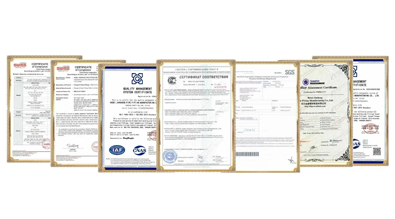
Welcome to RAYOUNG – Strong Pipes, Stronger Promise
